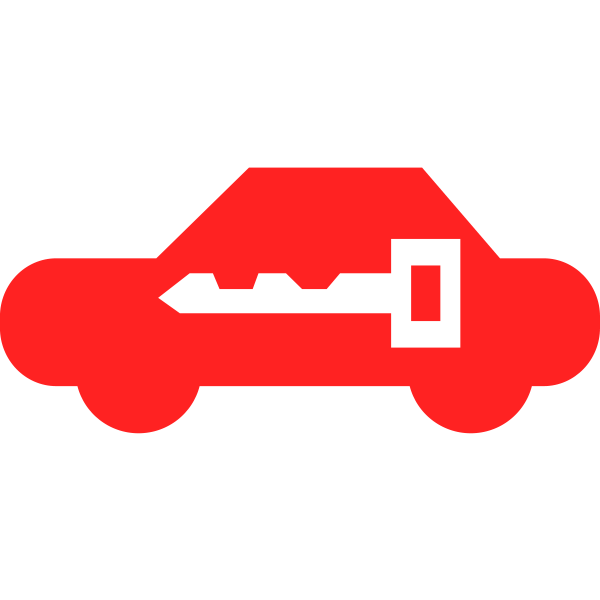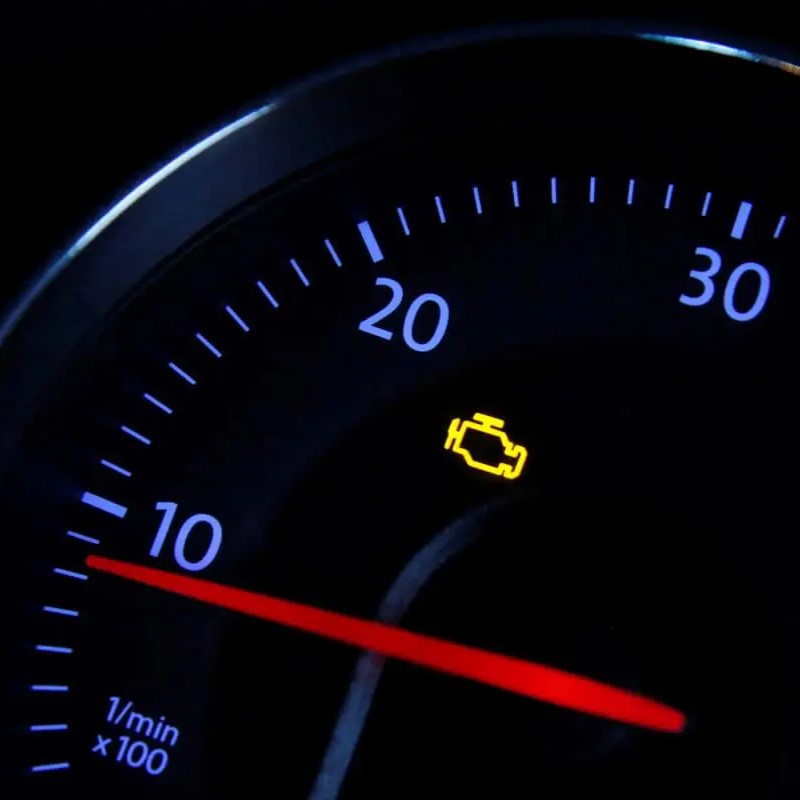Many car owners experience a moment of panic when they see a new warning light illuminate on their dashboard. One of the more common culprits is the Anti-lock Braking System (ABS) light, which can trigger anxiety for drivers unsure of what it means or what to do next.
So, take a deep breath! While an illuminated ABS light does indicate a potential issue with your car’s braking system, it doesn’t necessarily mean you’re grounded. This article will equip you with the knowledge to understand what the ABS light signifies, the common causes behind it, and the safe steps you should take to address it.
What is ABS and Why is it Important?
Before diving into the reasons behind an illuminated ABS light, let’s establish what ABS is and why it’s a crucial safety feature in your car. ABS stands for Anti-lock Braking System. In simpler terms, it’s a technology designed to prevent your wheels from locking up during hard braking situations. This is particularly important when driving on slippery surfaces like rain, snow, or ice.
When you slam on the brakes in such conditions, there’s a high chance the wheels will lock, causing the tires to lose traction and skid. This loss of traction can significantly reduce your ability to steer the car, potentially leading to an accident.
Here’s where ABS comes to the rescue. The system uses a network of wheel speed sensors that constantly monitor the rotation of each wheel. If a sensor detects a wheel about to lock up, the ABS system rapidly pumps the brakes on that particular wheel, preventing a complete lock and maintaining some level of traction. This allows you to maintain steering control and potentially avoid a collision.

Common Causes of an Illuminated ABS Light
Now that you understand the importance of ABS, let’s explore the potential reasons why your car’s warning light might be on. Here are some of the most frequent culprits:
-
Low Brake Fluid: Your car’s braking system relies on hydraulic pressure to function effectively. This pressure is generated by brake fluid, and a low level can trigger the ABS light. There could be a leak in the system, or you might simply need a top-up.
-
Faulty Wheel Speed Sensor: As mentioned earlier, ABS relies on wheel speed sensors to monitor wheel rotation. If one of these sensors malfunctions or gets dirty, it can send inaccurate data to the ABS module, causing the light to illuminate.
-
Malfunctioning ABS Module: The ABS module is the brain of the entire system, processing information from the wheel speed sensors and controlling the hydraulic pressure to the brakes. If this module malfunctions, the ABS light will likely come on.
-
Damaged Wiring or Fuses: The ABS system relies on a network of electrical wiring and fuses to function. Damage to these components can disrupt communication within the system and trigger the warning light.
-
Improper Tire Size: Believe it or not, using tires that are not the recommended size for your car can affect the ABS system. This is because the system is calibrated based on the expected rotational speed of the tires.

What to Do When Your ABS Light Comes On
If you see your car’s ABS light illuminated, here are the steps you should take:
-
Don’t Panic: It’s important to stay calm. While the ABS system might not be functioning properly, your car’s brakes should still work to some degree. However, be aware that stopping distances might be increased, so drive cautiously.
-
Check the Brake Fluid Level: Open your car’s hood and locate the brake fluid reservoir. Consult your owner’s manual for its specific location. The reservoir will have a minimum and maximum fill line. If the fluid level is low, consider topping it up with the recommended brake fluid type (usually specified in the owner’s manual). However, a low fluid level could indicate a leak, so it’s crucial to have a professional mechanic inspect the system as soon as possible.
-
Schedule a Service Appointment: Regardless of the suspected cause, it’s vital to schedule a service appointment with a qualified mechanic. They can diagnose the root cause of the ABS light issue and recommend the necessary repairs.
Driving with an Illuminated ABS Light
While you can technically drive your car with an illuminated ABS light, it’s highly discouraged. Here’s why:
Reduced Braking Performance:
The primary function of ABS is to optimize braking performance, especially on slippery surfaces. With a malfunctioning system. Your stopping distances will likely be increased. Making it harder to avoid collisions.
Increased Risk of Accidents:
Without ABS, your wheels are more prone to locking up during hard braking, potentially leading to skids and loss of steering control, which can significantly increase your risk of accidents.
Living with a Malfunctioning ABS System
We discussed the risks associated with driving with an illuminated ABS light. However, in some situations. You might find yourself needing to drive a short distance before getting it serviced. Here are some essential safety tips to keep in mind:
-
Maintain Increased Following Distance: Double or even triple your usual following distance to allow more time for braking, especially on slippery roads.
-
Apply Braking Pressure Gently: Avoid slamming on the brakes, as this can easily lock up the wheels. Apply gentle and consistent pressure to slow down gradually.
-
Be Extra Cautious in Adverse Conditions: When driving with a faulty ABS system, exercise extreme caution in adverse weather conditions like rain, snow, or ice. If possible, avoid driving altogether in such conditions.
Remember: These tips are temporary measures and should not be considered a substitute for professional repairs. Getting your car’s ABS system addressed as soon as possible is crucial for your safety and the safety of others on the road.

Preventing Future ABS Light Issues
There are a few steps you can take to minimize the chances of encountering an ABS light issue in the future:
-
Regular Brake Maintenance: Schedule regular brake inspections and maintenance according to your car manufacturer’s recommendations. This includes checking the brake fluid level, inspecting brake pads and rotors for wear and tear, and ensuring proper operation of the entire braking system.
-
Tire Care: Maintain proper tire pressure and ensure your tires are in good condition with sufficient tread depth. Unevenly worn tires or incorrect tire sizes can affect the ABS system.
-
Visual Inspection: During routine maintenance checks, visually inspect the ABS components for any signs of damage or corrosion on the wheel speed sensors or wiring.
How often should get ABS system checked?
There isn’t a specific recommended service interval for checking the ABS system itself besides the regular brake inspection during routine maintenance. However, several factors can influence how often you might encounter issues or warning signs:
- Manufacturer recommendations: Your car’s manufacturer might suggest inspections or cleaning intervals for the ABS wheel speed sensors as part of their routine maintenance schedule. It’s best to consult your owner’s manual for any specific recommendations.
- Driving conditions: If you frequently drive in harsh environments with lots of dust, dirt, or debris, there’s a higher chance of your wheel speed sensors getting dirty and potentially causing an ABS light to come on. In such conditions, more frequent checks might be beneficial.
- Warning signs: If you experience any signs that could indicate an ABS system issue, like grinding noises during braking or a pulsating sensation in the brake pedal, you shouldn’t wait for a scheduled service and address it promptly with a mechanic.
While a standalone ABS check might not be on a routine maintenance checklist, prioritizing regular brake inspections and addressing any warning signs will indirectly ensure your ABS system’s health.
The ABS light on your car dashboard serves as a vital warning system. By understanding its significance, the potential causes behind it, and the recommended actions to take, you can ensure your car’s braking system functions optimally and prioritize your safety on the road. Remember, a healthy ABS system can make a world of difference in critical braking situations. Don’t ignore the light – address the issue promptly and drive with confidence!





